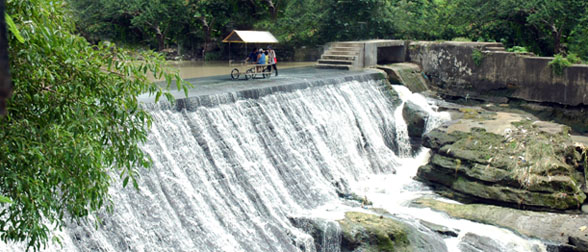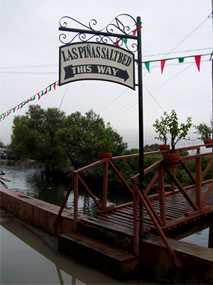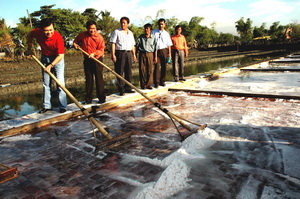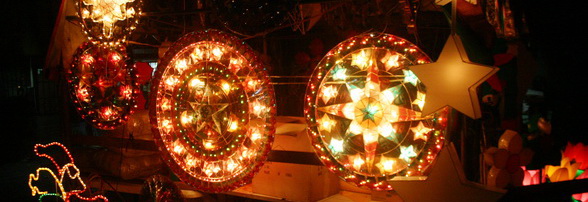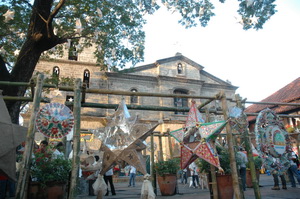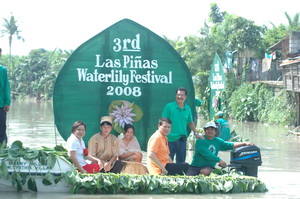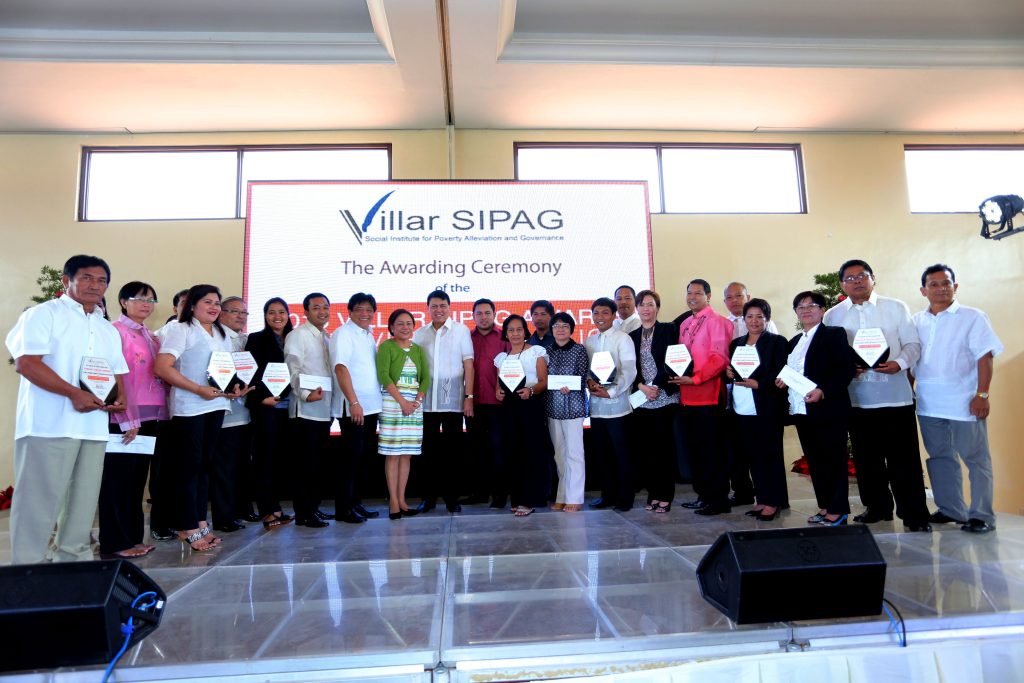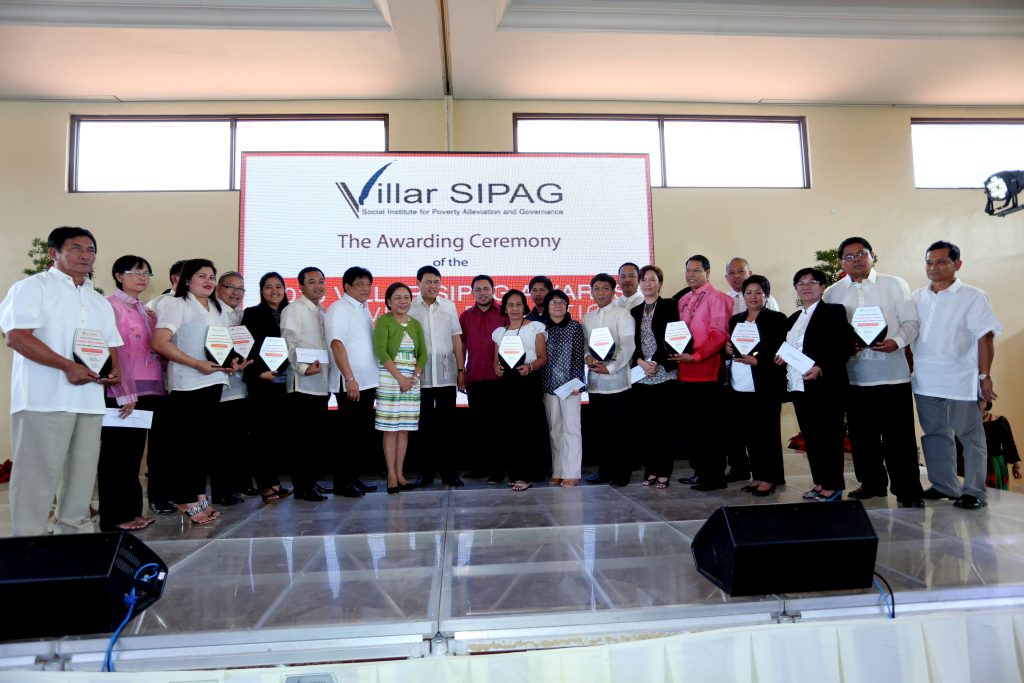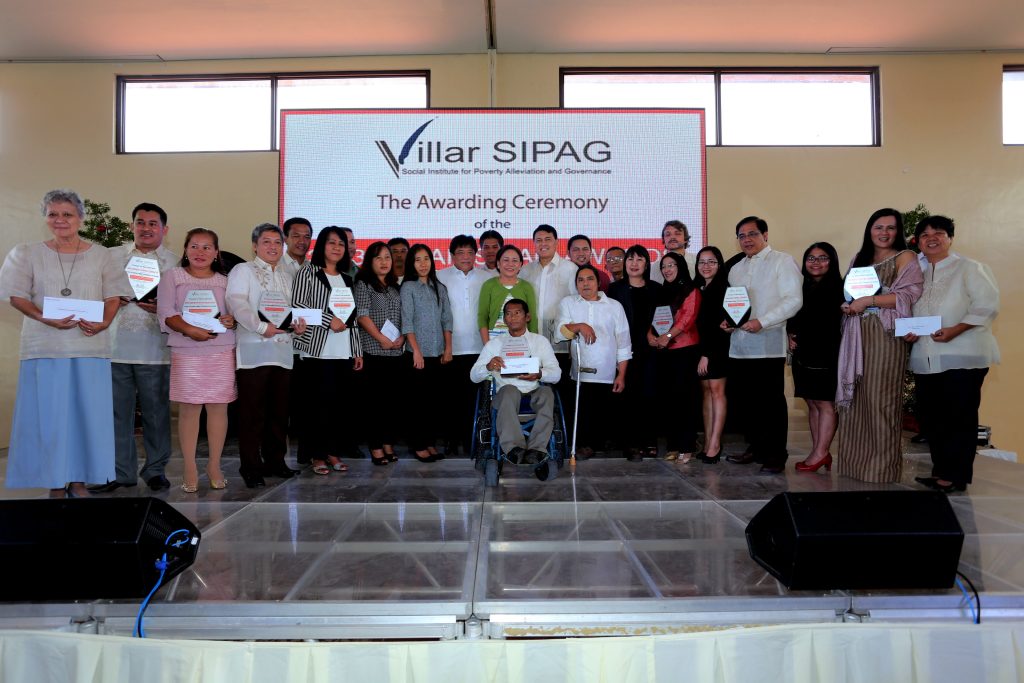Ladies and gentlemen, good afternoon.
Concern for the environment is no longer limited to big corporations. The disastrous effects of natural calamities in the recent years have been magnified by the uncaring attitude towards the environment, and have been felt by the ordinary person on the street. Ozone layer depletion and climate change are no longer vague concepts but stark realities.
Typhoons Ondoy, Kiel, Pedring, and Sendong left our country with high records of death and property damage. The death toll and property damage caused by Sendong placed the Philippines in world record for being second highest, next to that of the tsunami in Japan. These recent disasters have driven the issue closer to our homes and should move us into quick action towards finding solutions and ways of preventing widespread damage to life and property when natural calamities hit us.
In the video presented earlier, we showed you what we have done to revive the Las Piñas-Zapote River System so that the future generations can enjoy the benefits of a clean river that is filled with life .
In 2002, the Villar SIPAG launched the Sagip Ilog program with the goal of cleaning up the river to address two major concerns: first, to address the worsening flood problem in Las Piñas; and second, to allow aquatic life to thrive.
The work that we have done over the last ten years helped spare the residents of Las Piñas from the many troubles that Ondoy brought to Metro Manila.
More than just an environmental endeavor, the Las Piñas-Zapote River System Rehabilitation Program has become a community concern. We have employed engineering solutions as well as creative ones that gave birth to green social enterprises, with community involvement playing a key role in our success.
I always acknowledge the invaluable help that we get from the Couples for Christ-OIKOS volunteers, who have shared time and effort in generating awareness, interest and participation in the Sagip Ilog Program, by providing values formation and solid waste management education to the people living along and near the riverbanks.
In our initial attempt to clean up the river, we encountered two major obstacles: first, the overabundance of water hyacinths – or what we commonly call water lilies – which aggravated our flooding problem; and second, the dumping of waste – specifically coconut husk – by coconut vendors who did not know where to dispose of the husks.
Rather than viewing these as problems, we saw them as opportunities. The water hyacinths which used to be a problem became our raw material for our basket weaving livelihood project. We set-up our water hyacinth weaving sites in barangays where we have a number of idle residents. We invited them to attend our training program. Those who were persistent and committed gained the skills needed for a new livelihood. Because the water hyacinths have become a source of livelihood for them, they became our volunteer force to harvest the water hyacinths. We have shared this knowledge with different cities all over the country who have similar concerns with water hyacinths.
The second major waste problem, the coconut husks were dumped into the rivers, and many were also just left along sidewalks causing our city garbage disposal expense to rise.
I had the opportunity to meet Dr. Arboleda, a former Bicol University professor who invented a decorticating machine which extracts the fiber from the coconut husks. This fiber is twined into ropes and hand-loomed into coco nets that are used in preventing soil erosion – a proven more cost-effective and environmentally friendly option to rip rapping slopes with cement or other synthetic materials. We are able to sell it to an institutional buyer – Vista Land, our publicly-listed homebuilding company – which uses it for slope protection in their real estate development projects.
The coco net is produced by the team work of four persons in the twining equipment and two persons in the loom. Often, one will see a mother and daughter team working together. The work area is near the homes of the workers, making it an ideal source of income from something that they can do in-between household work or even after school hours. In effect, it’s a like bonding activity for family members with the bonus of getting paid for it!
There is even enough surplus income from the coco coir business to pay for the blankets that are donated to poor victims of typhoons, fire, and other calamities. This makes the coconut tree truly a tree of life because even its waste byproduct provides livelihood.
Our efforts to clean up Las Piñas have given birth to these social enterprises. The Villar SIPAG advances the start-up capital for any equipment or structure needed. The income of the enterprises are re-invested in the expansion of the enterprises to benefit more people and help bring us closer to achieving a zero-waste city.
The generation of income from the social enterprises related to our waste management program is our key towards ensuring the sustainability of our environmental initiatives.
We are now embarking on the development of barangay-based recycled paper industry. The Villar SIPAG will be investing in the machines that will convert recycled paper and even water hyacinths into new paper for printing various materials. Our recent mini-calendars were printed on this type of paper.
Together with our partners, I am happy to share with you that our Las Pinas-Zapote Rivers Rehabilitation Program recently received the United Nations 2011 Water for Life Best Water Management Practices. It is an honor for the Villar SIPAG to have received this recognition and it is an honor that we share with the Las Pinas City Government, the government agencies, civic organizations and the many individuals who have partnered with us in this endeavor. Our partners are all cited in the Villar SIPAG’s latest publication, our book entitled Saving a River, Securing Livelihoods.
We will provide you with complimentary copies of this book, which were printed using recycled paper.
I hope that you will find our publication informative, relevant, and interesting.
On that note, I thank you once again for letting me take part in this summit.
